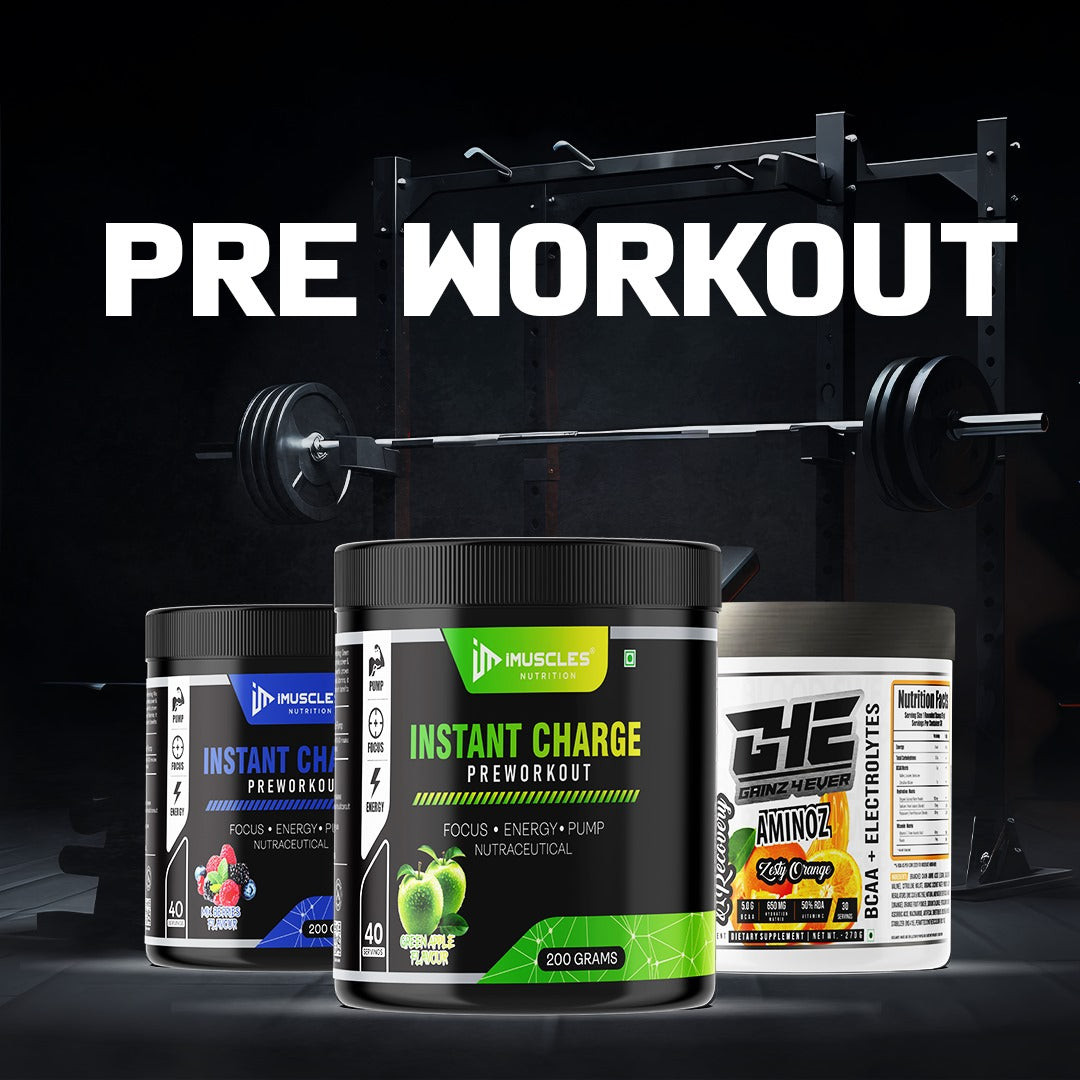
No Pain, No Gain – The The Most Dangerous Fitness Myth!
iMuscles NutritionFor decades, the motto “No pain, no gain” has echoed through gyms, fitness classes, and aggressive workout campaigns. But is enduring pain really the key to progress—or a perilous trap? In truth, while pushing limits can lead to progress, misinterpreting pain as a badge of effort may lead to injuries, burnout, and chronic issues.
1. Origins of the Myth
The phrase catapulted into popular consciousness in the 1980s with Jane Fonda’s aerobics tapes, often paired with “Feel the burn”. Historically, the idea that suffering equates to success echoes even further back—Sophocles noted, “nothing truly succeeds without pain”. In fitness culture, it translated into glorifying discomfort as a sign of effort.
2. Discomfort vs. Dangerous Pain
Medical experts draw a vital distinction: discomfort—the burning muscles or fatigue—is part of exertion and often beneficial. Pain, particularly sharp or joint pain, is a red flag. UCLA Health advises that outright pain is not exercise—it’s a warning to stop.
Delayed Onset Muscle Soreness (DOMS) can follow workouts, signaling muscle repair—but isn’t necessary for progress. Research from the University of Bath says discomfort can correlate with effort, but significant or harmful pain isn’t required for improvement. Even low-impact movements like walking deliver results.
3. When “No Pain, No Gain” Becomes Dangerous
a) Overtraining & Burnout
Ignoring pain can lead to overtraining syndrome, marked by declining performance, elevated resting heart rate, disrupted sleep, and reduced appetite. This isn’t progress—it’s your body waving a red flag.
b) Serious Injuries
Persistent or painful movement can result in tendinopathies or joint stress injuries. Methodist Health System warns that pushing through pain above a moderate level risks chronic damage like tendonitis, knee or shoulder conditions, and more.
c) Chronic Conditions & Long-Term Toll
A study of college athletes at University of Rhode Island found 67% had injuries—many continued training through pain, often relying on anti‑inflammatories to mask damage. This mentality may bring long‑term physical and emotional consequences.
4. The Shift: Recovery & Holistic Fitness
Fitness luminaries like Tony Horton (creator of P90X) now emphasize recovery over relentless intensity. Techniques such as mindfulness, sleep, foam rolling, and cold baths can reduce injury risk and support consistent training . These principles are echoed by major certifying bodies like ACSM and NASM
5. A Balanced, Health-Focused Approach
Here’s how to move away from myth and toward safe, sustainable fitness:
-
Understand the difference: Discomfort is normal; pain is not. Monitor sensations in joints and muscles.
-
Prioritize recovery: Give at least 48 hours for large muscle groups—and incorporate light, active recovery
-
Listen to your body: Sharp or persistent pain? Pause and reassess.
-
Use proper mechanics: Biomechanical training reduces pain and avoids injury cycles
-
Get professional support: A coach or trainer can help refine your technique and tailor your progression.
6. Why “No Pain, No Gain” Still Persists
This motto taps into a cultural narrative: struggle equals achievement. Sports psychology explains it as a “modern narrative” where hardship is equated with success. But fitness has evolved. The real victory lies in consistency, technique, and respecting your body’s limits.
Conclusion
The phrase “No pain, no gain” may sound inspiring, but can be misleading—or dangerous. Pain shouldn’t be the goal. Instead, aim for consistent effort, intentional recovery, and smart, biomechanically correct training. Gains should feel empowering, not punishing.
Frequently Asked Questions (FAQ)
Q1: Is soreness after a workout necessary for progress?
Answer: No. Mild soreness (DOMS) can reflect adaptation to new effort, but not the only sign of effectiveness. Consistent workouts, proper form, and recovery are better indicators of progress
Q2: What kinds of pain should I stop exercising for?
Answer: Sharp, stabbing, or joint pain—even swelling or popping—are danger signs. Discontinue activity and seek evaluation .
Q3: How long should I rest a muscle group between sessions?
Answer: Aim for about 48 hours of recovery for each major muscle group. Meanwhile, light activity like walking or stretching is encouraged .
Q4: How do I avoid overtraining?
Answer: Watch for signs like reduced performance, elevated resting heart rate, disrupted sleep, and appetite loss. If these appear, reduce intensity, rest, and reassess .
Q5: Can low-impact exercises be effective?
Answer: Absolutely. Activities such as brisk walking, cycling, or jogging, even without pain, can significantly improve cardiovascular health and efficiency .

